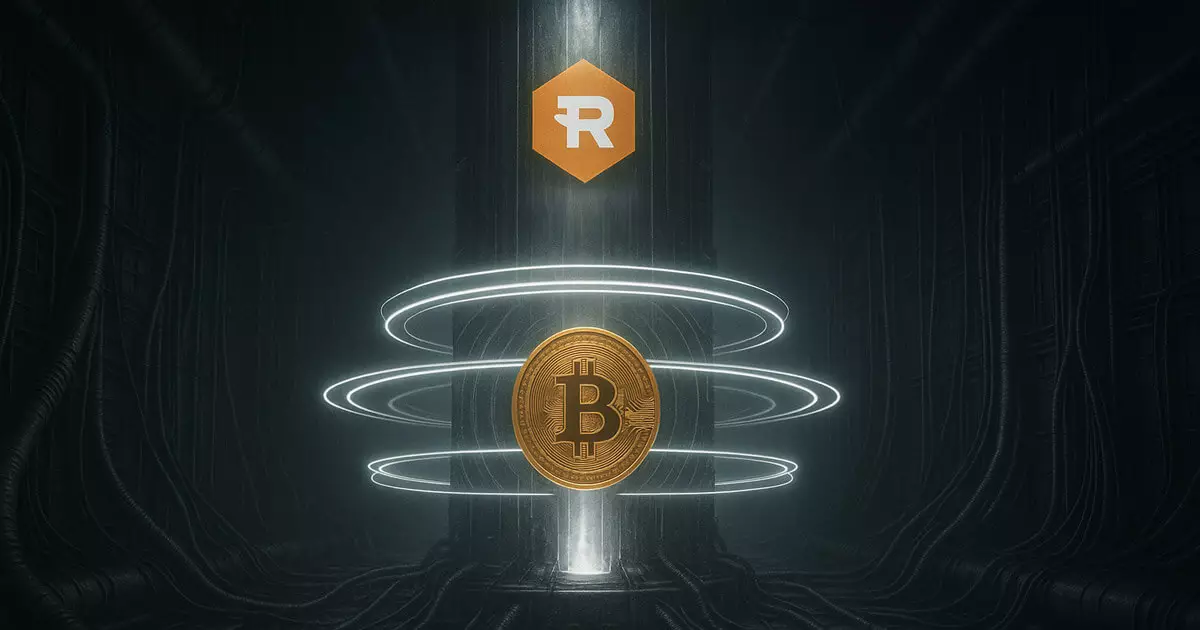In an intriguing move, Riot Platforms has secured a $100 million credit agreement with Coinbase, utilizing its own Bitcoin assets as collateral. This decision certainly raises eyebrows, as it illustrates a dual-edged sword: while financial leverage can enhance growth prospects, it also exposes the firm to heightened risk in an already volatile market. With Riot pledging its substantial Bitcoin treasury—approximately 19,233 BTC amounting to nearly $1.8 billion—the firm is positioning itself as a behemoth among corporate Bitcoin holders. However, this heavy reliance on BTC also reveals the precariousness of their situation; if Bitcoin’s value plummets, so too does Riot’s financial viability.
Interest Rates and the Shadow of Debt
The credit facility comes with an appealing structure—interest rates tethered to the federal funds rate or an additional 4.5%. While these terms may seem reasonable at first glance, we must question whether the looming maturity period of only 364 days will create a ticking time bomb for Riot. The pressure to perform within such a short timeframe may guide decision-making towards aggressive strategies that ignore sustainable growth. It’s incumbent upon Riot to ensure that its volume of Bitcoin doesn’t become a liability instead of an asset.
Industry Headwinds: Tariffs and Increased Competition
Beyond Riot’s pursuit of expansion, the broader mining industry grapples with substantial headwinds. A recent report from Bitwise highlights how U.S. tariffs on mining equipment have skyrocketed, significantly raising hardware costs. With tariffs ranging from 24% to 46%, companies face a harsh reality; the capital investment required to upgrade operations is now a burdensome expense that directly affects profit margins. Moreover, with mining difficulty hitting unprecedented highs, profitability has become increasingly elusive. The hashprice—a crucial metric for assessing miner earnings—has plunged from over $60 per BTC to around $48. These factors form a perfect storm, deepening the crevices of doubt regarding the future of Bitcoin mining.
Shifts in Investor Sentiment
Furthermore, as the popularity of Bitcoin exchange-traded funds (ETFs) rises, investor focus is decidedly shifting away from traditional Bitcoin mining stocks. The allure of ETFs simplifies exposure to Bitcoin, rendering mining operations less attractive to a broader range of investors. This pivot is nothing short of alarming; a lack of investment could stifle innovation and lead to further declines in industry performance. Bitcoin mining, once seen as a pioneering sector in the cryptocurrency landscape, is now under threat from its own complexities and evolving market dynamics.
The Case for Caution
As Riot Platforms navigates this multifaceted landscape, it must proceed with caution. Embracing debt through a Bitcoin-backed credit facility can seem attractive in the short term, but the long-term repercussions may obscure the path to sustainable growth. The company stands at a crossroads where each decision, particularly on financial leverage and operational sustainability, could either cement its status as a market leader or lead to its downfall. In this rapidly changing environment, understanding the delicate balance of risk and reward will be paramount to ensuring that Riot remains agile and competitive while the future of Bitcoin mining hangs precariously in the balance.


Leave a Reply